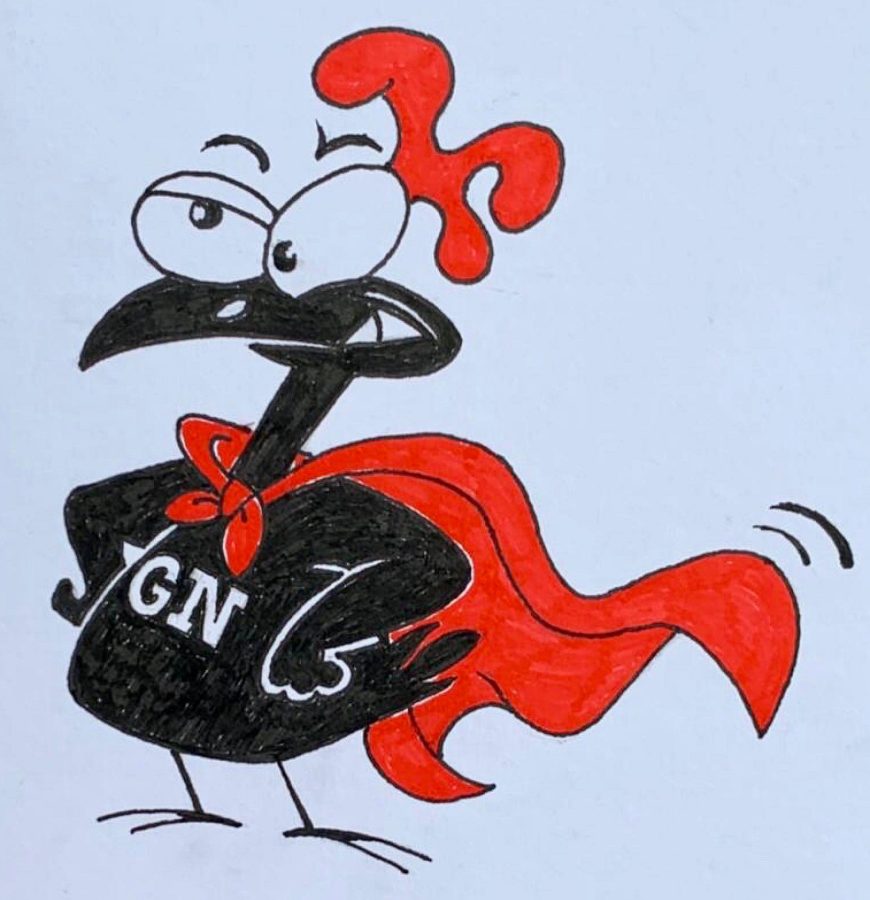Snapshot: House of Hops
October 6th, 2025
Langkawi has no shortage of charming eateries, but few match the understated excellence of Gallo Nero – a restaurant that has quietly cultivated a loyal following and carved out a place as one of the island’s finest culinary destinations.
Located in a modern-looking commercial strip just a short drive from Langkawi International Airport, Gallo Nero isn’t the kind of restaurant most people accidentally stumble upon. It’s destination dining, and for many residents and regular visitors to the island, it’s one worth seeking out. For those who know, the very name Gallo Nero brings back memories of superb meals and the engaging charm of its owner, Italian chef and restaurateur Lorenzo Zecubi.
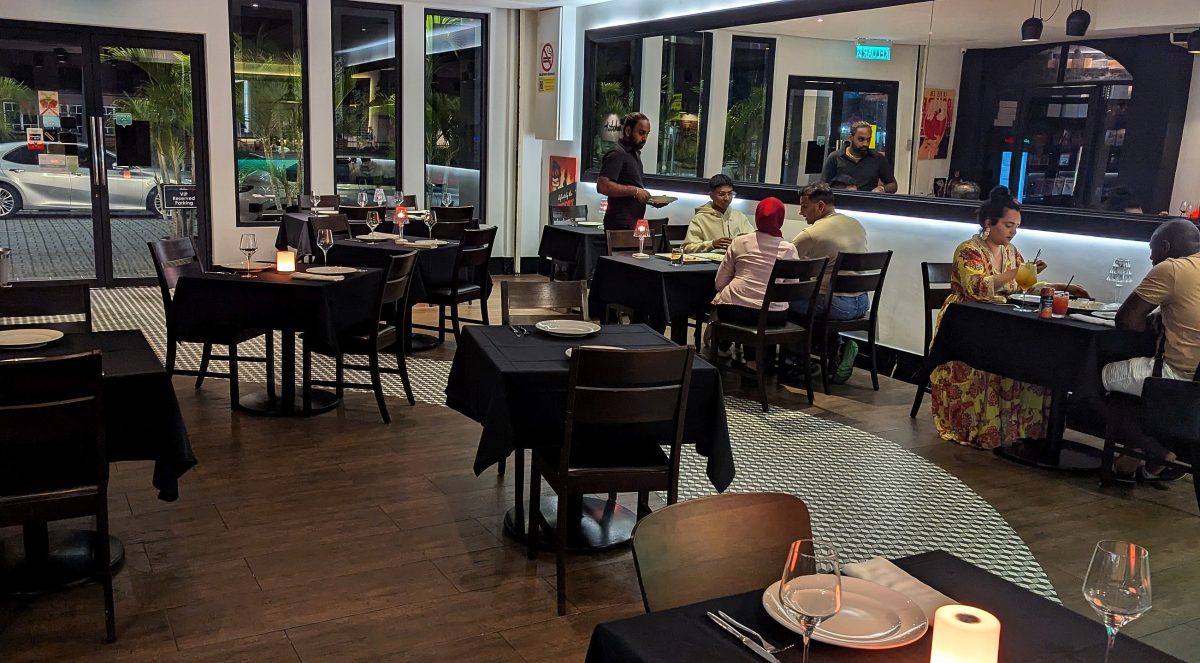
With some two decades of experience in Malaysia, Chef Lorenzo’s culinary journey has taken him from the city’s energetic heart at Nero Vivo in Bukit Bintang to the breezy pace of island life in Langkawi, where he’s helmed kitchens at well-regarded restaurants such as L’Osteria and The Brasserie. Gallo Nero, however, feels like the culmination of that experience – intimate, well-honed, and unmistakably personal. Even the folklore behind the name lends itself to great storytelling, and informs not only the restaurant’s name, but its menus, too.
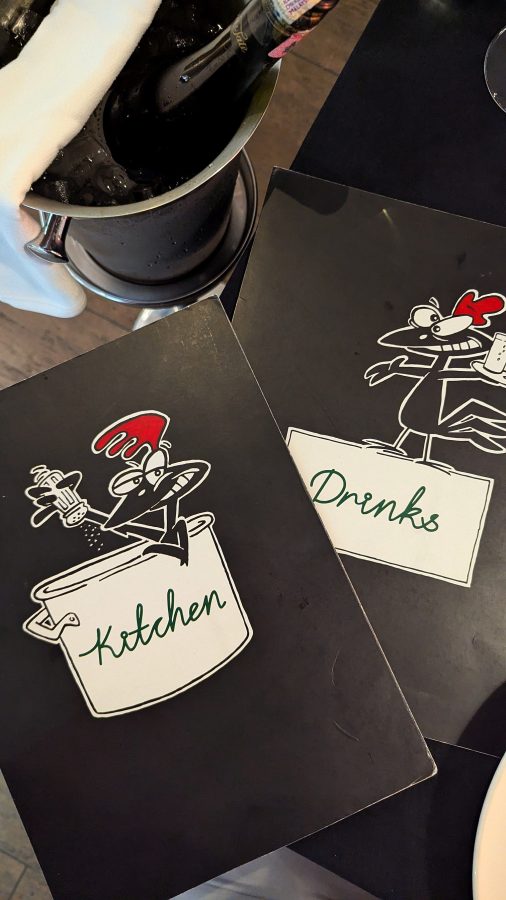
The name Gallo Nero, meaning “Black Rooster,” traces its roots to a legendary tale from medieval Tuscany, when Florence and Siena were vying for control over the Chianti region. To resolve the dispute, both cities agreed to a race: at dawn, a rider from each city would set off towards one another, and wherever they met would mark the new boundary. As timekeepers, Siena chose a well-fed white rooster, while Florence cunningly selected a starving black rooster, kept in the dark and barely fed. On race day, the ravenous black rooster crowed well before sunrise, giving Florence’s rider a significant head start. He covered much more ground and met the Sienese rider just 12 kilometres from Siena, securing most of Chianti for Florence. Since then, the black rooster became the emblem of the League of Chianti and later, the seal of Chianti Classico wines. Whether fact or folklore, the tale endures – and the boundary it established has remained unchanged for centuries.
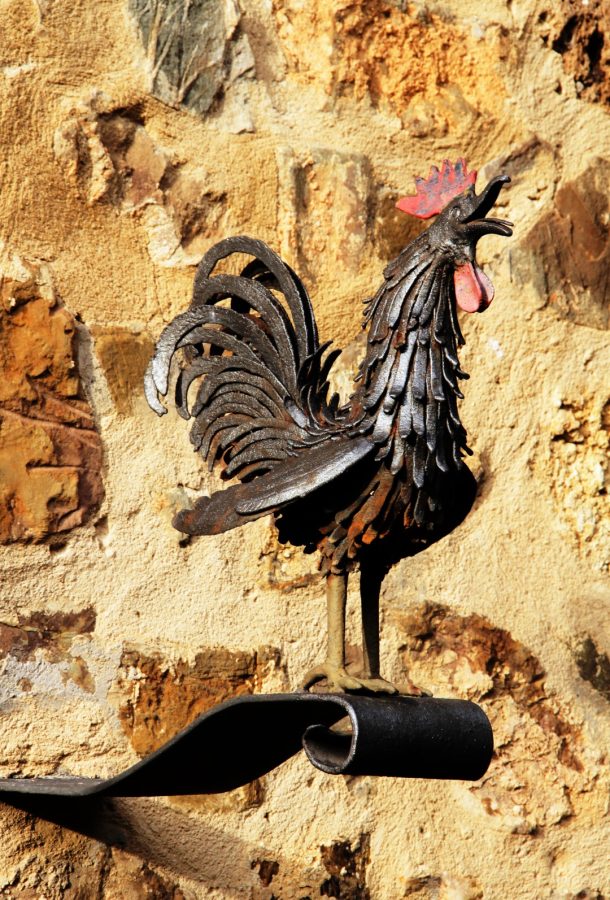
Gallo Nero is about a 15-minute drive from the bustle of Pantai Cenang, located in Padang Matsirat. Step inside the corner lot restaurant and it’s a quick jolt of anticipation for the meal ahead: crisp black tablecloths, glinting wine glasses, and contemporary European decor set the tone. Mosaic flooring, mellow lighting, and a sleek bar exude a quiet sophistication. Subtle jazz plays in the background, and on most nights, the dining room hums with a relaxed but confident energy.
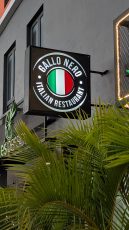
There’s a refreshing absence of gimmickry here. Gallo Nero trades in authenticity, not theatrics. The menu leans into seasonality and spontaneity – dishes shift frequently depending on what’s fresh, in season, or inspiring the chef that week. There’s no QR code menu here, no overly scripted dining “experience” – just great food, expertly prepared and graciously served.
While the menu changes often, diners can expect a classic Italian meal structure: antipasti, pasta, mains, and of course, dolci. You’ll often find favourites like burrata with tomatoes and basil, housemade ravioli with rich ricotta fillings, perfectly seared meats, and simple grilled seafood.
Everything at Gallo Nero is made in-house, from the pasta to the sauces to the desserts. Even the presentation – elegant, restrained, and always photogenic – speaks to the underlying care and consistency here.
The wine list is another strong suit. Italian labels feature prominently, and the pairing recommendations are always on point. Gallo Nero also carries an impressive selection of grappa, a nod to its Italian heritage that seasoned diners will appreciate.
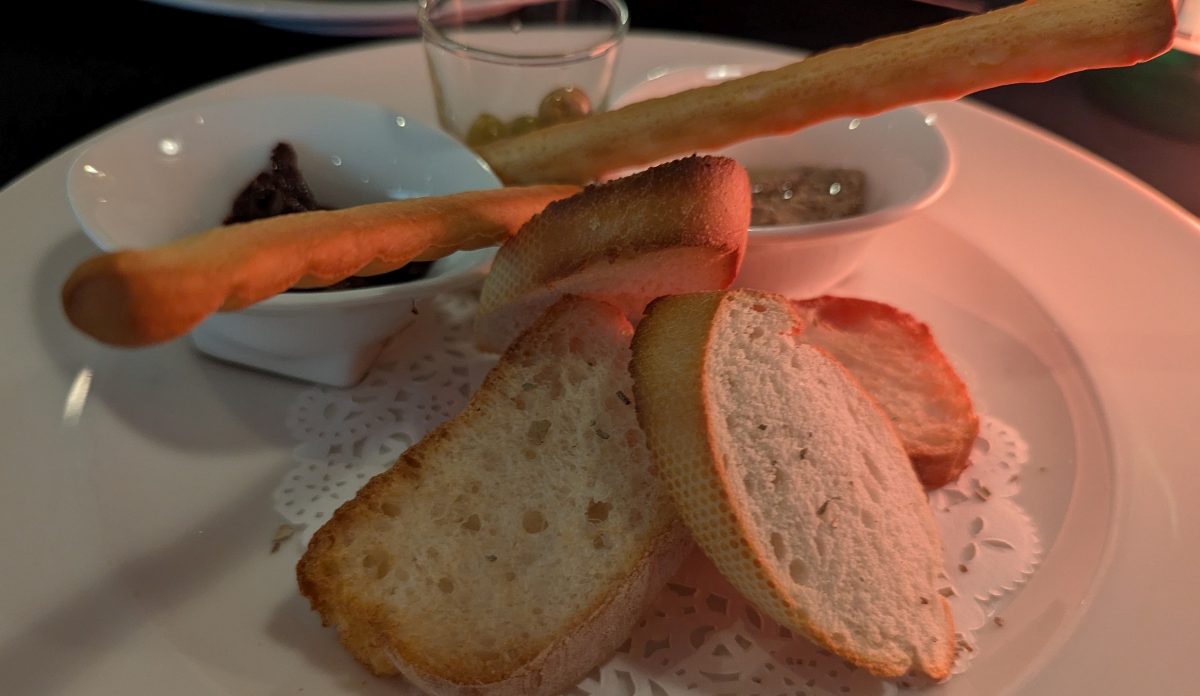
After a basket of bread, we began with two choices from the antipasti menu, the Prosciutto Affumicato and Pecorino Cheese (RM44) and Arancina Fritta (RM30). The prosciutto dish featured smoked beef speck with shaved pecorino and watercress, accented with a lovely sherry dressing. Simple, beautifully presented, and very satisfying. The arancina, meanwhile, was pure comfort food – a crispy fried risotto ball with truffle taleggio and a flavoursome Napoletano sauce. Both dishes were amazing and a fine start to the meal.
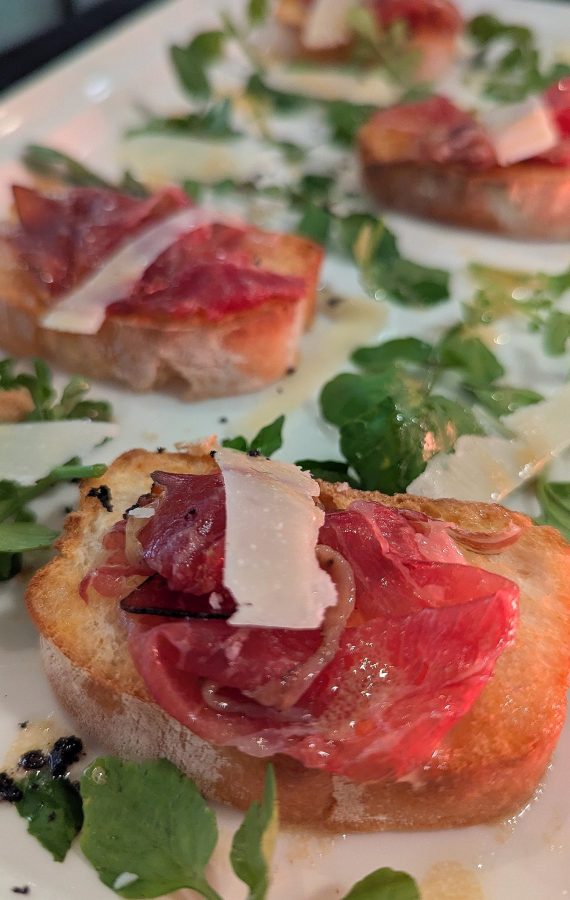
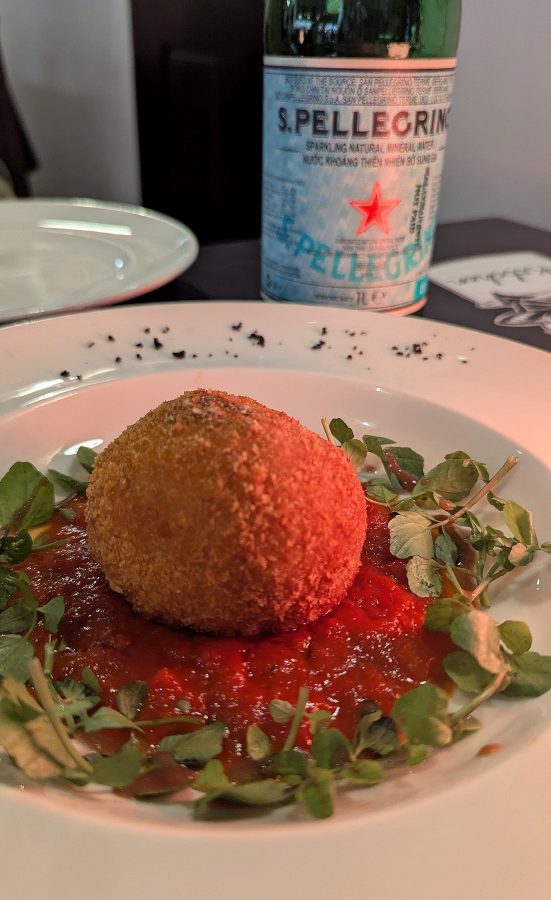
Next we ordered the Tonno Tataki (RM62), a wonderful (and large) tuna steak á la plancia, and, from the pasta menu, Ravioli di Gamberi e Pistacchi (RM62), prawn-filled ravioli with tomato bisque, crushed pistachio, and basil oil, complemented by a pair of large prawns. Warm, comforting, and delicious, this was an easy plate to clean!
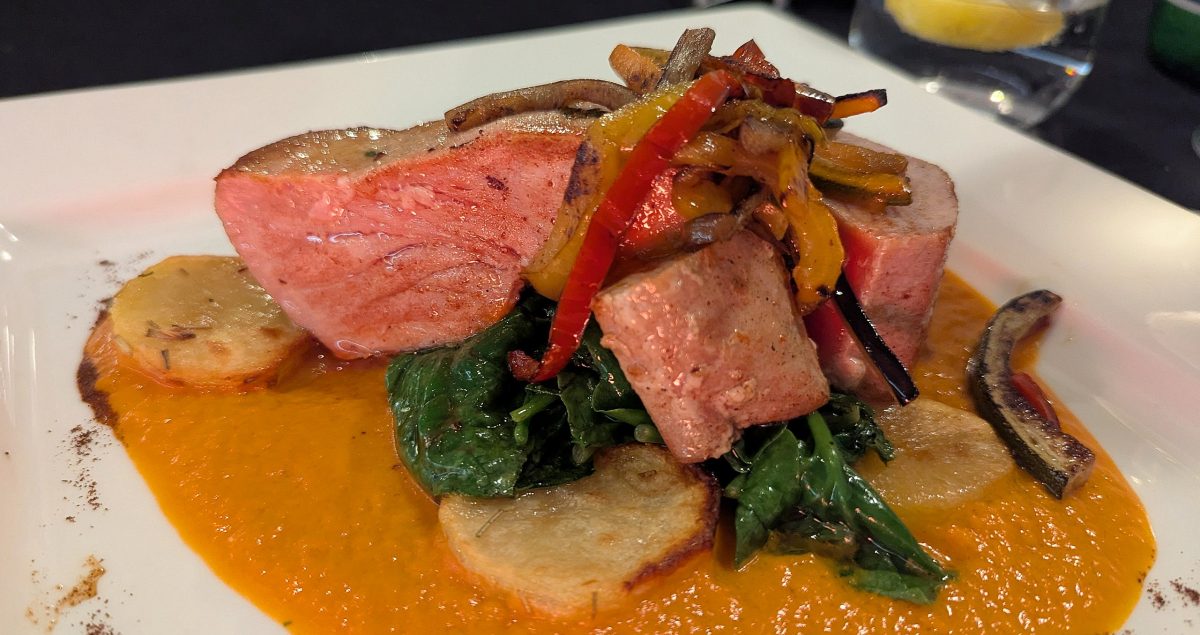
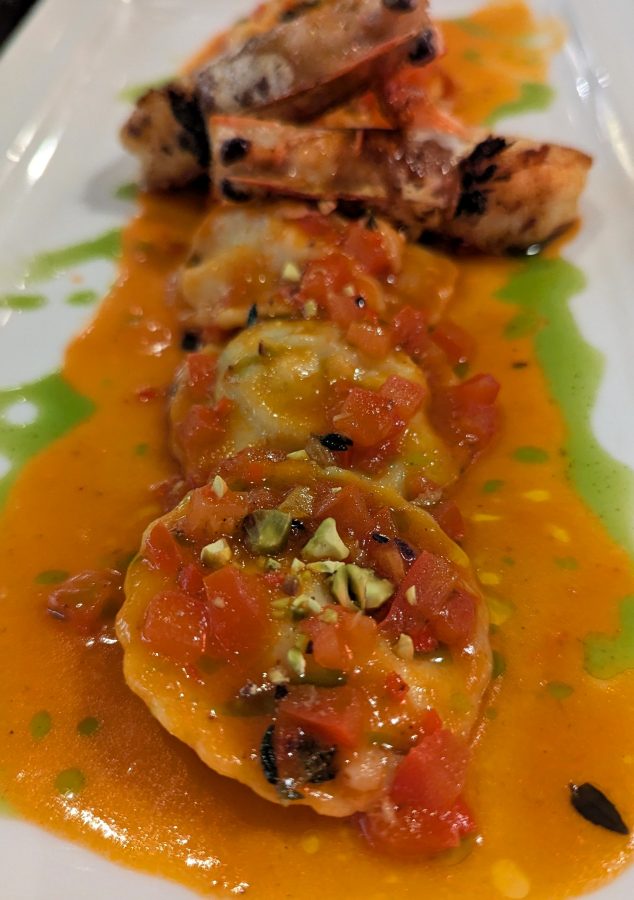
From the dolci menu, we chose the Mango and Passion Fruit Panna Cotta (RM24) and the house specialty Tiramisu with Amaretti Crumbles (RM20). The panna cotta was a delight with the addition of the tropical fruit flavours, but Gallo Nero’s tiramisu is truly a must-order. From the restaurant’s impressive range of grappas (RM20 to RM35), we tried a grappa from Veneto produced by Poli from Vespaiolo grapes, and an aged grappa also produced by Poli. This grappa, made from Trebbiano pomace, is aged in oak barrels for 10 years, giving it a distinctive caramel colour. With its complex, brandy-like character, this particular grappa was a fine complement to our desserts. More on the grappa selection below.
Gallo Nero also has a house-made limoncello (RM14) that’s an outstanding way to cap off a splendid Italian meal.
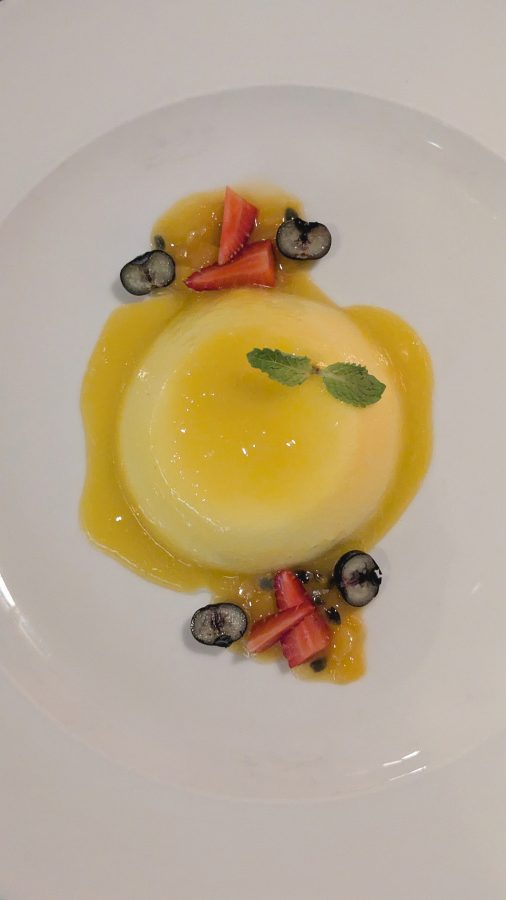
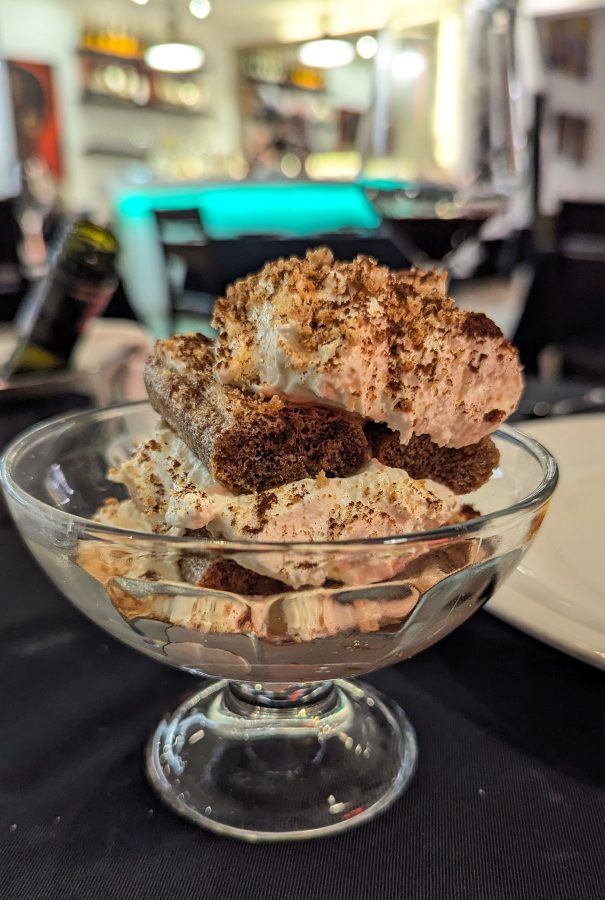
Gallo Nero has, understandably, a wine list dominated by those from Italy. A handful of global wines are also available and listed as ‘World Selection’. There are some 30 reds by the bottle, a dozen whites, eight sparkling wines and two rosati (rosé). In addition, the beverage list includes beer, cocktails, a mocktail, and a comprehensive selection of grappa.
Two red wines are offered by the glass – Torresella Merlot (from Veneto, RM25) and Canaletto Montepulciano (Abruzzo, RM25). There is a Santa Margherita rosé (Veneto, RM25) and two whites, Torresella Pinot Grigio (Veneto, RM25), and Santa Lucia Sauvignon Blanc (Chile, RM25). Torresella Prosecco (Veneto, RM25) is the solitary sparkling wine offered by the glass.
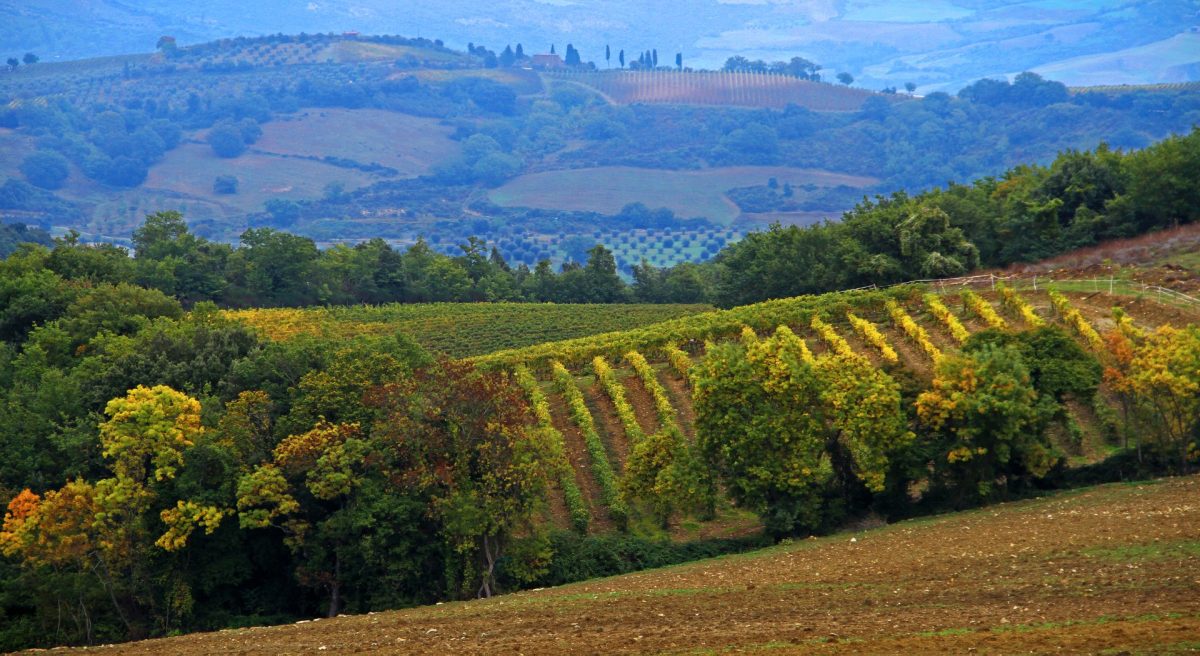
True to its name, the list of wines by the bottle list includes wines such as Tenuta Tignanello ‘Marchese Antinori’ Chianti Classico Riserva 2018 (RM360), which being a reserve wine, has spent at least two years aging before its release to eager connoisseurs. This is a wonderful wine, from an outstanding vintage with a reasonable restaurant price reflecting Langkawi’s duty-free status.
A more modest choice is the Lamole di Lamole Chianti Classico Duelame 2019 (RM140). Italian wine lovers can also choose other Tuscan wines such as those produced by Banfi (Brunello di Montalcino, 2017, RM480). Other Italian regions represented include Veneto, Puglia, Abruzzo, Piedmonte, Trentino, and Lombardia. Bottle prices range from RM80 (La Mura, Nero d’Avola, 2018) to RM3,398 (Antinori Solaia, 2017).
There is also an impressive display of Italian grappa bottles on the bar counter at Gallo Nero. It’s not so much that there are 10 or so on display but rather the elegant, long-necked bottles containing each grappa.
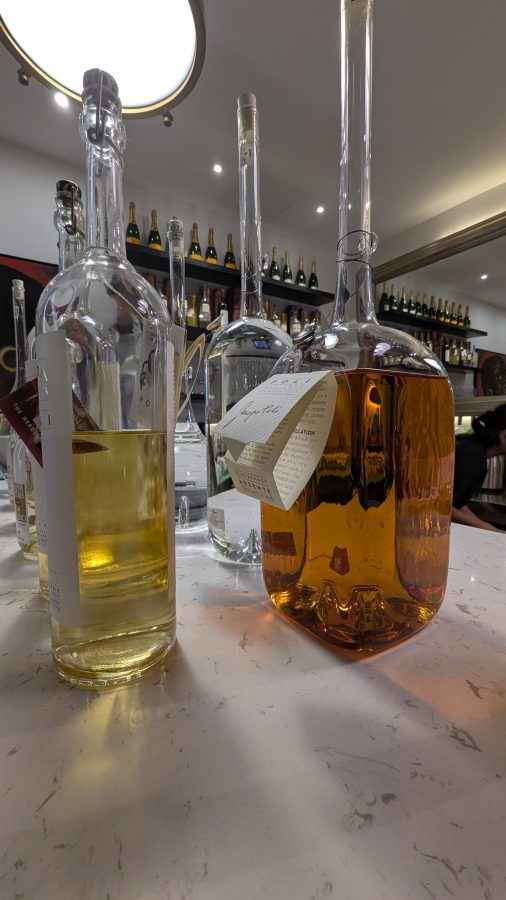
Grappa is a traditional Italian spirit distilled from the pomace (grape skins, seeds, and stems) left over after winemaking. Rather than waste this by-product, Italian producers distil it to create a clear, potent spirit with a distinctive character. By law, grappa must be produced in Italy and made from Italian grape pomace, using local distillation methods.
The production begins by fermenting the fresh pomace if it hasn’t already fermented during winemaking. It is then distilled, often in copper stills, either in batches (using discontinuous stills) or continuously, depending on the desired style and scale. The resulting distillate is typically around 70% alcohol, which is then diluted with water to about 40–45% before bottling. Some grappas are unaged and bottled soon after distillation, while others are aged in wood, developing more complex flavours and a golden hue.
Grappa styles vary widely across regions. Young (giovane) grappa is typically clear and sharp, while aged varieties known as vecchia or stravecchia are smoother with notes of vanilla and spice from the wood. Aromatised grappas may be infused with herbs or fruit. The grape variety used also plays a major role, influencing aroma and body. Regional differences reflect Italy’s diverse wine culture and distillation traditions.

Ask around Langkawi’s expat circles where to get the best Italian food – or indeed, some of the best food, full stop – and Gallo Nero will come up time and again. In part, it’s Chef Lorenzo’s reputation, especially among island residents who previously lived in Kuala Lumpur and ate at Lorenzo’s restaurant there. But beyond that, it’s Gallo Nero’s ability to consistently deliver – no shortcuts, no compromise on quality, no gimmicks.
It’s also a rare sort of dining experience in Langkawi – elevated but approachable, fine but never fussy. Gallo Nero manages to hold its own against any big-city Italian restaurant while offering the casual warmth that only an island setting can provide.
In a town where duty-free wine flows freely and beachfront bars serve up barbecue and burgers, Gallo Nero manages to stand apart. It’s not a place that clamours for attention – it earns it. For anyone craving proper Italian cooking, excellent wines, and a dining atmosphere that’s more Milan than Malaysia, this restaurant belongs on your itinerary.
And once you’ve enjoyed your meal and want to retreat somewhere equally tasteful, consider staying nearby at Sunset Villas, a beautiful, upscale retreat that’s close enough to the airport for convenience, but far enough removed from the crowds for peace and privacy. These elegant villas – each with their own private pool – are the perfect complement to a refined evening at Gallo Nero.
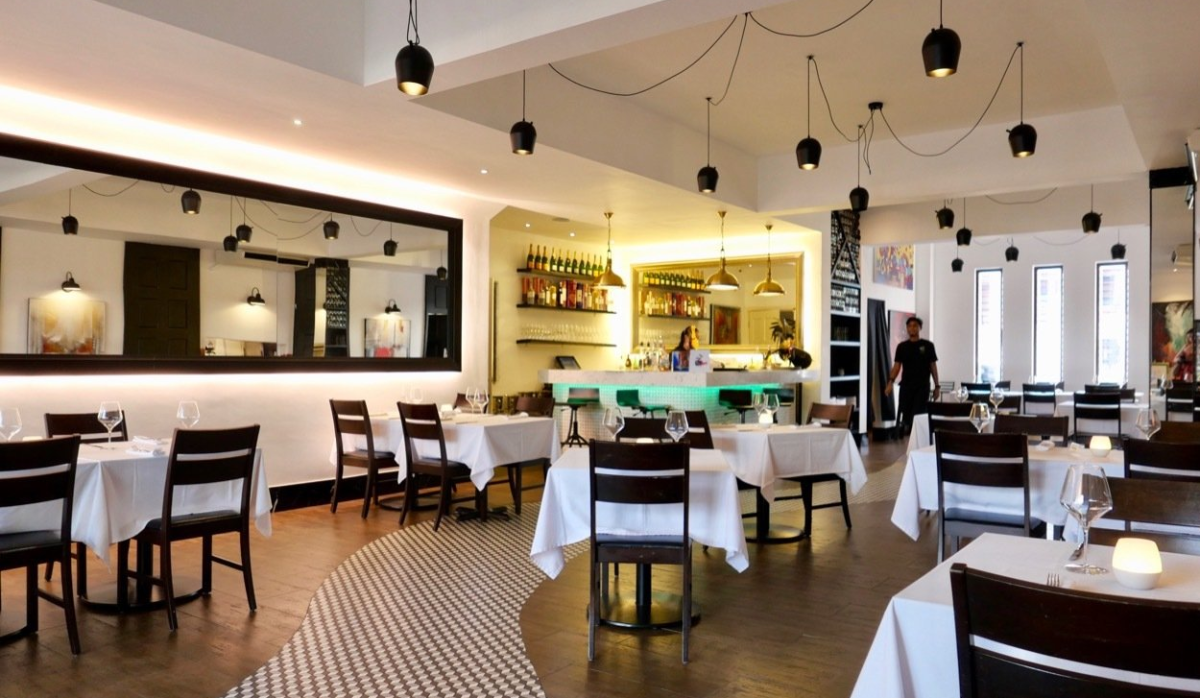
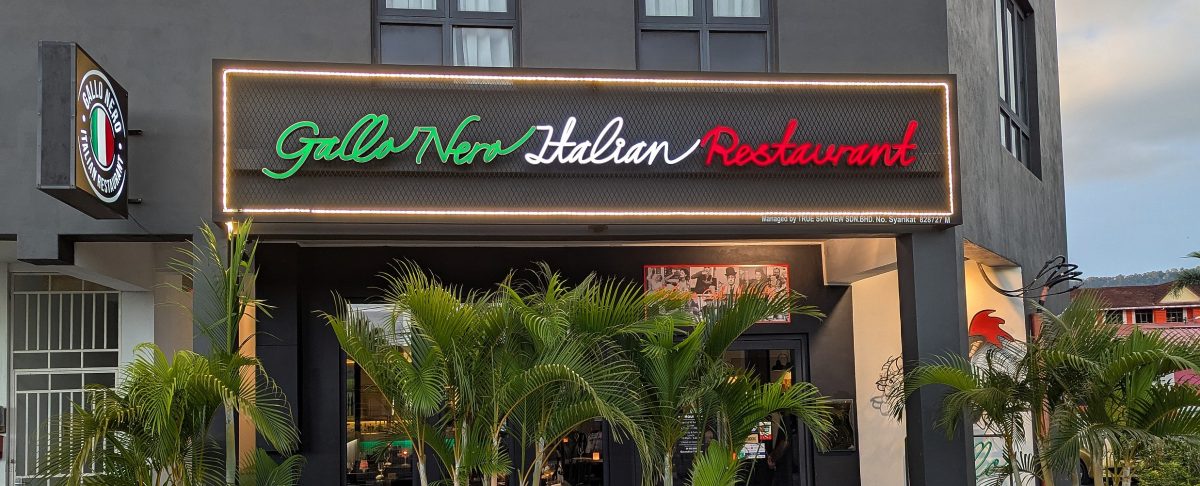
Gallo Nero Italian Restaurant
19 Bandar, Jalan Padang Matsirat
Kampung Padang Matsirat
07000 Langkawi
T: 04.952 3555
Reservations accepted
Follow Gallo Nero on Facebook and Instagram
